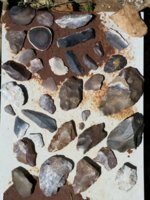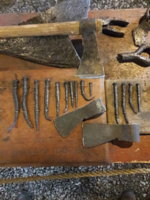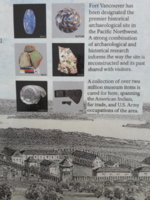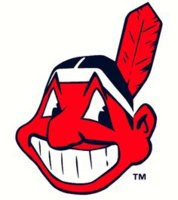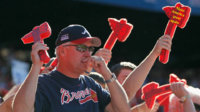can anyone suggest a source to buy a replica Native Indian Tomahawk ?
My partner is a lifelong collector of all things Western and has a great collection that is missing a decent authentic looking Tomahawk.
I can only find 2x examples for sale in the UK and they are rubbish, they look like cheap gift shop souvenirs
My partner is a lifelong collector of all things Western and has a great collection that is missing a decent authentic looking Tomahawk.
I can only find 2x examples for sale in the UK and they are rubbish, they look like cheap gift shop souvenirs

